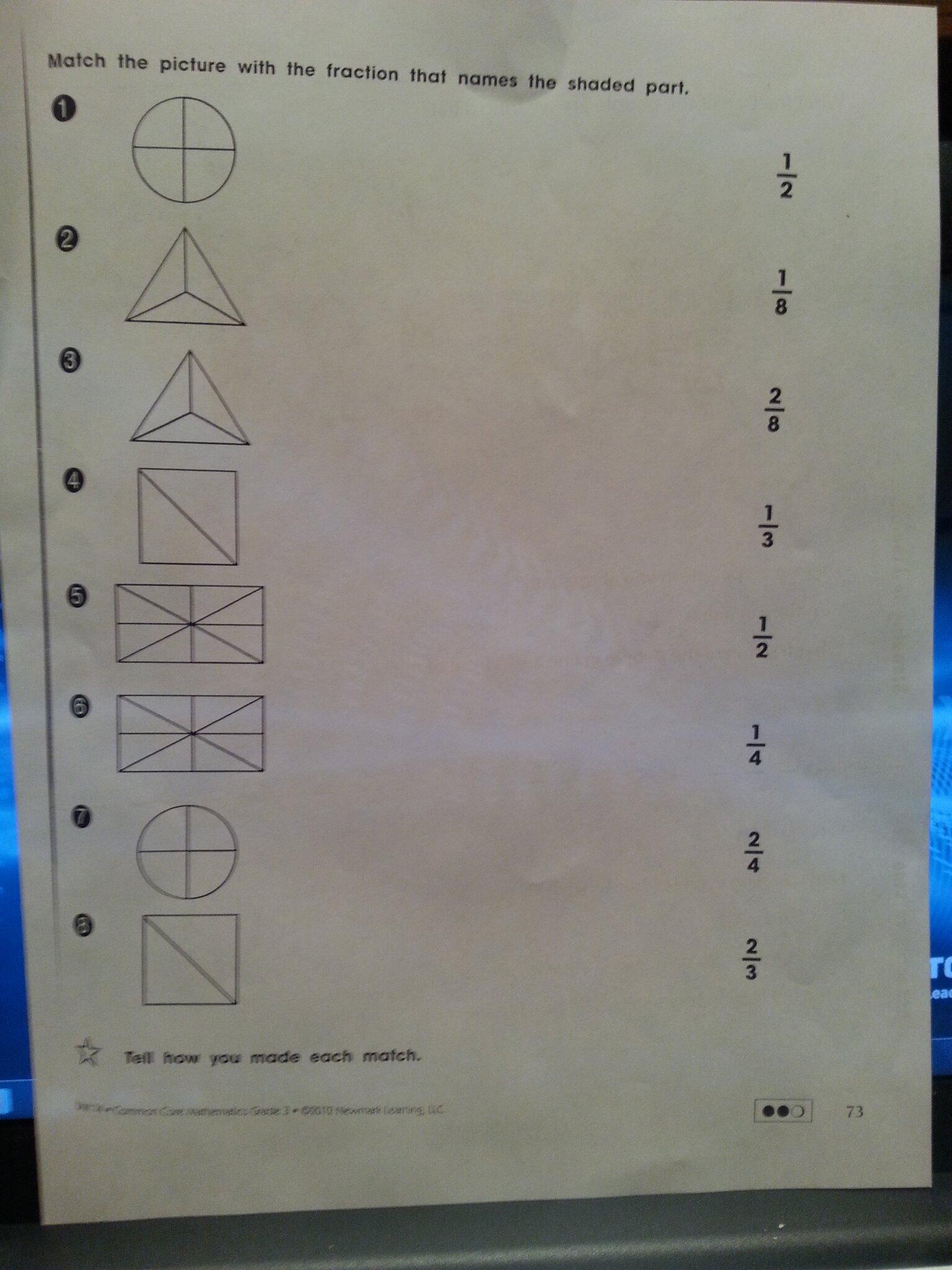JoeMoma
Platinum Member
- Nov 22, 2014
- 23,777
- 11,609
- 950
I disagree in general with BS, and this in particular: "The object is to make it harder for parents to understand and assist their children with classwork.
It also sets the parents up to look like stupid bimbos in the eyes of the children.
This gives the child the idea that only the school has people educated enough to know anything and that parents have no ability to understand complex situation."
One of my clients is a dedicated and involved father, a chemical engineer. He brings his 3rd grade son to me 2 nights a week and sits in the lobby with his youngest son while we help the 3rd grader with his math homework. I go to the parent teacher conferences because it has become too frustrating for Dad. When dad helped his son with homework and studying, the child made C's and D's because he did not get credit for arriving at the correct answer without "ribbon modeling" or other nonsense. There is too much theorizing at the primary levels.
At the primary grades, we need to instill a love for learning. Instead, children are being held back in kindergarten, first graders have shut down completely and the kids feel like they are stupid.
I believe we should have a national standard. I also believe we have screwed this up royally K-3. When a practicing engineer cannot teach multiplication because "that's not the method we use," we have a problem.
It does make the child believe his 3rd grade teacher is better at math than his engineer father. His 3rd grade teacher doesn't even know the first digit of pi, but she trumps Dad.
I'm in the industry. Changes need to be made, and we need to move faster than we did with "No Child Left Behind." Over half of my students are 2nd and 3rd graders, and we are preK through ACT/SAT. Dedicated parents are spending $50+ per hour for homework because they can't help their kids themselves. I feel for those who can't afford it.
I hear that from lots of elementary school teachers. You know when good students are crying over 3rd grade math problems--there's a real problem. They're young they get frustrated easily--and I imagine the drop out rate is going to skyrocket as this way of teaching and testing goes forward. That's why it needs to be stopped.
Here is an example of a 3rd grade common core math problem. The below is what my 3rd grade grandson brought home for homework. Keep in mind that he was just learning how to multiply the day before, and they hadn't got into division as yet. There was never any teaching of fractions, yet he was supposed to figure this out and color in the spaces.

From rereading you post, I beleive I know how you grandson was supposed to complete this assignment and possibly what the confusion was all about. Notice the instruction on the worksheet is to match the picture with the proper fraction, not to shade the picture. From the last statement in your quoted post above, it seems like the teacher improvised the instructions because the pictures were not shaded as they were suppose to be. It seems like the improvised instruction was to look at a fraction on the right side of the page and to shade a picture on the left side of the page and match them up by drawing a line like matching is normally done. For example, the second fraction to the right is 1/8. This means that it would be matched with either picture #4 or #5 because each of those pictures have 8 equal sized sections. So drawing a line from picture # 4 and shading in one section in picture number 4 would have resulted in correctly matching 1/8 with a properly shaded picture. If you were trying to shade picture number 2 which has three sections to go with the fraction 1/8, I understand why you may have been frustrated with the worksheet.
Also, you state that there was never any teaching of fractions. Evidently, since your grandson had this worksheet for homework, this topic was most likely covered in class.